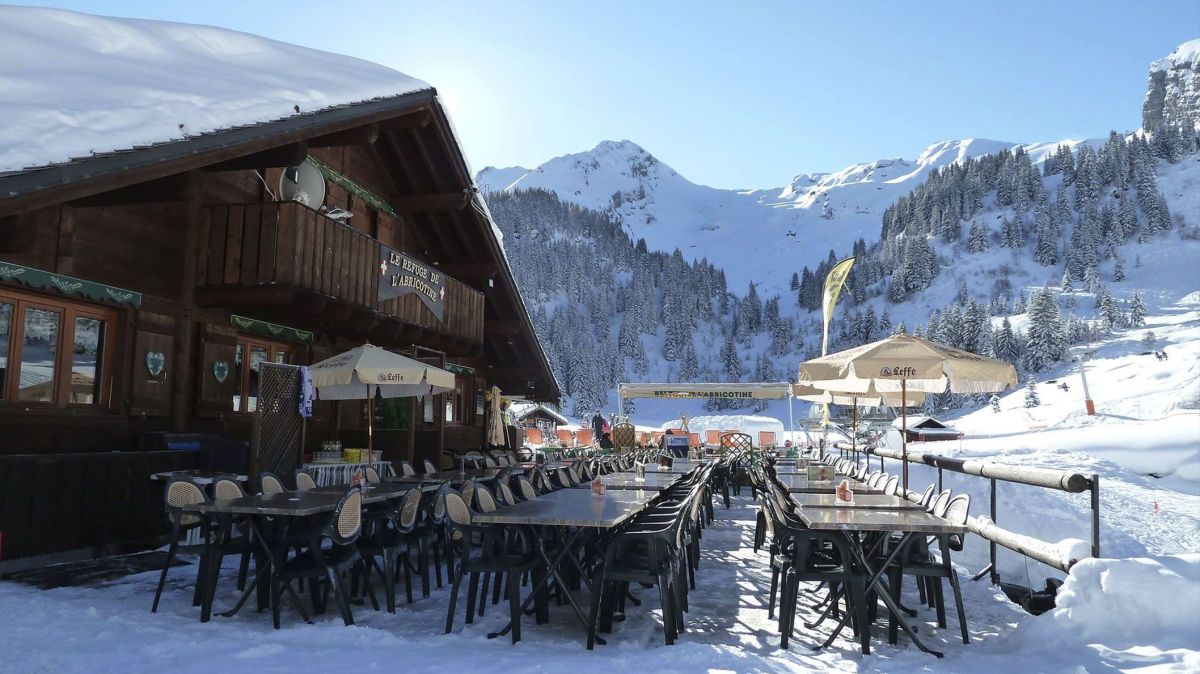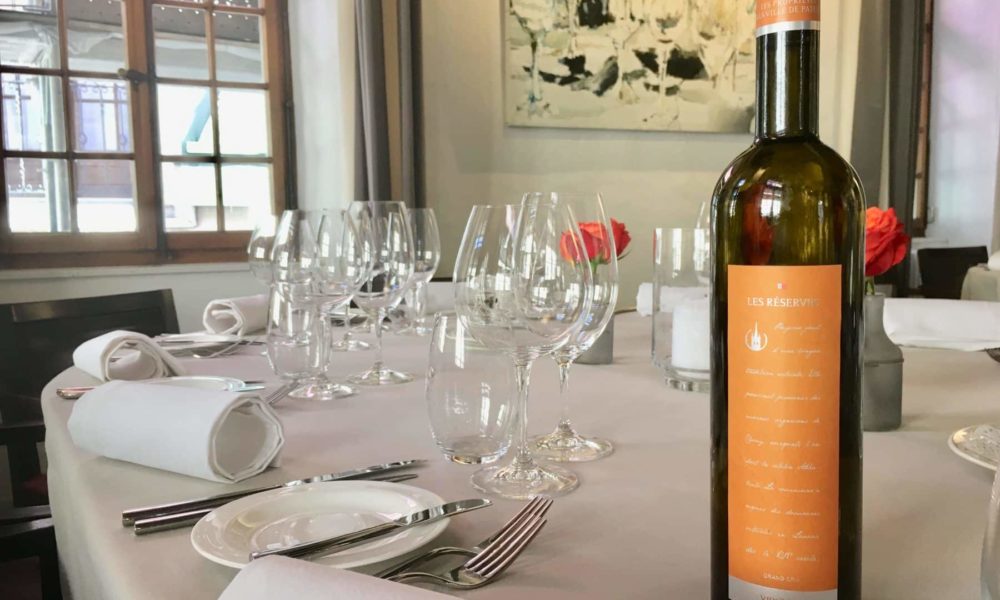


Starting in 1384 the Morge stream (a little below Sion) was recognized as the boundary between Savoyard, French-speaking Lower Valais and German-speaking episcopal Upper Valais.ĭuring the Raron affair rebellion from 1414 to 1420, some cantons of the Swiss Confederation took sides in the conflict. The German-speaking Zenden spread further into the valley.

In 1375–76, Zenden forces defeated the army of the house of La Tour-Chatillon, and in 1388 routed the forces of the bishop, the count, and his nobles at Visp. The Zenden resisted his attempts to gather both spiritual and secular power in the valley. īy the late 14th century, the counts of Savoy acquired the bishopric of Sion. In 1354 the liberties of several of the seven Zenden ( Sion, Sierre, Leuk, Raron, Visp, Brig and Conches) were confirmed by the Emperor Charles IV. The locals became German-speaking, though many Romance local names remain. In the same century the upper part of the valley was colonized by Germans from Hasli ( de) in the Canton of Bern. The name Zenden or tithings probably came from a very ancient division of the bishop's manors for administrative and judicial purposes. Ībout the middle of the 13th century, the large communities (Zenden or tithings) began to develop independence and grow in power. The Dukes of Savoy, however, succeeded in winning most of the land west of Sion (Lower Valais), while in the upper part of the valley (Upper Valais) there were many feudal lords, such as the lords of Raron, those of La Tour-Châtillon, and the counts of Visp. The count-bishops then struggled to defend their area against the Zähringer and then the dukes of Savoy, so that the medieval history of Valais is inextricably linked with that of the diocese of Sion. In 999, King Rudolph III of Burgundy gave all temporal rights and privileges to the Bishop of Sion, who was later styled praefect and count of Valais and is still a prince of the Holy Roman Empire. It became part of the duchy of Burgundia Minor, which was held by the emperors by the house of Zähringen (which became extinct in 1218). Valais formed part of the kingdom of Transjurane Burgundy, which fell to the Holy Roman Empire in 1032. By the 12th century, the bishops of Sion began building churches and castles in Sion to represent their power and administer their estates. Valère Basilica dominating the Rhône Valley. The canton was further opened up by the Lötschberg Railway in 1913. In 1878, the Simplon Railway connected most of Valais with the cities of the Swiss Plateau. In 1815, Valais finally entered the Swiss Confederation as a canton. After having resisted the Protestant Reformation and remained faithful to the Roman Catholic Church, it became a republic under the guidance of the prince-bishop of Sion in 1628.

In 1529, Valais became an associate member of the Swiss Confederation. Overlooking the latter town, the Matterhorn has become an iconic landmark of the canton. Although a major hydroelectricity producer, Valais is essentially renowned for its tourism industry and its numerous Alpine resort towns, notably Crans-Montana, Saas Fee, Verbier, and Zermatt. A major wine region, the canton is simultaneously one of the driest regions of Switzerland in its central Rhône valley and among the wettest, having large amounts of snow and rain upon the highest peaks found in Switzerland, such as Monte Rosa and the Finsteraarhorn. Valais essentially coincides with the valley of the Rhône from its headwaters to Lake Geneva, essentially separating the Pennine Alps from the Bernese Alps, the two largest mountain ranges of the canton. Traditionally, the canton is divided into Lower, Central, and Upper Valais, the latter region constituting the German-speaking minority. It is a bilingual canton, French and German being its two official languages. It is one of the three large southern Alpine cantons, along with Ticino and the Grisons, which encompass a vast diversity of ecosystems. It borders the cantons of Vaud and Bern to the north, the cantons of Uri and Ticino to the east, as well as Italy to the south and France to the west. Valais is situated in the southwestern part of the country. The flag of the canton is made of thirteen stars representing the districts, on a white-red background. It is composed of thirteen districts and its capital and largest city is Sion. Valais (in French) ( UK: / ˈ v æ l eɪ/ VAL-ay, US: / v æ ˈ l eɪ/ val- AY, French: ( listen) Arpitan: Valês), or Wallis (in German) ( German: Wallis ( listen)), more formally the Canton of Valais, is one of the 26 cantons forming the Swiss Confederation.


 0 kommentar(er)
0 kommentar(er)
